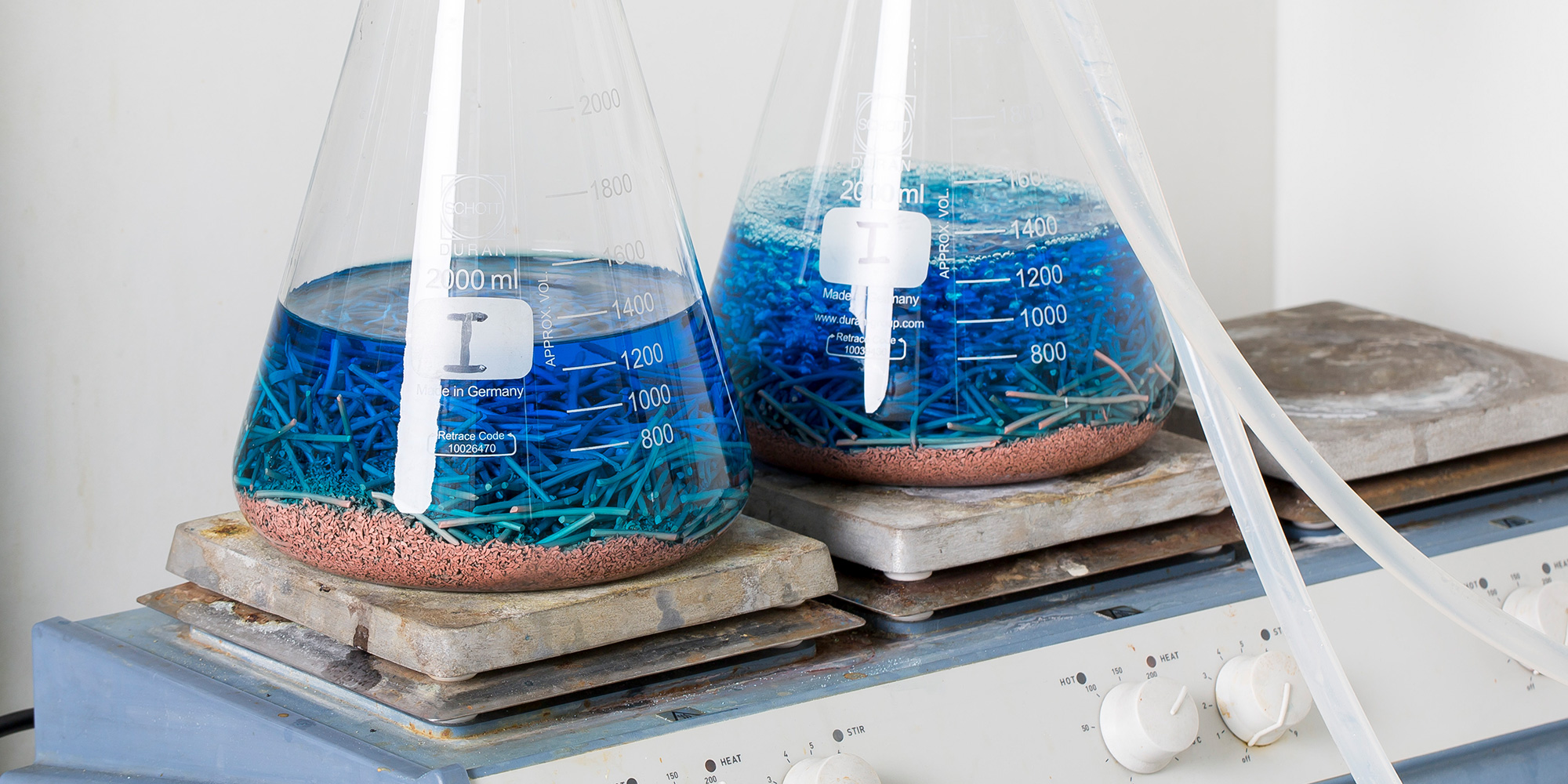API RP 58 Corrosion Testing for Oilfield Tubular Goods
The API Recommended Practice (RP) 58 provides comprehensive guidelines for corrosion testing of oilfield tubular goods. This standard is crucial for ensuring the integrity and longevity of critical components such as pipelines, casings, and drill pipes used in oil and gas operations. The recommended practices cover a wide range of testing methods aimed at identifying potential corrosive environments, material degradation, and structural weaknesses that could compromise safety and operational efficiency.
The API RP 58 framework is based on international standards like ISO, ASTM, and EN, which ensures compatibility with global oil industry requirements. Compliance with this standard not only enhances the reliability of tubular goods but also supports regulatory compliance in various regions worldwide. By adhering to these guidelines, manufacturers can optimize their production processes, reduce maintenance costs, and extend the service life of their products.
The testing methods outlined in API RP 58 are designed to simulate real-world conditions experienced by oilfield tubulars during operation. This includes exposure tests, immersion tests, cyclic stress testing, and monitoring of chemical environments that can lead to corrosive degradation. The standard also emphasizes the importance of selecting appropriate materials based on expected service conditions.
Manufacturers often use advanced analytical techniques such as X-ray diffraction (XRD), scanning electron microscopy (SEM), and energy-dispersive spectroscopy (EDS) to identify corrosion mechanisms and material changes at a microscopic level. Additionally, non-destructive testing (NDT) methods like ultrasonic examination, magnetic particle inspection, and liquid penetrant testing are employed to evaluate the structural integrity of tubular goods without compromising their usability.
The API RP 58 framework encourages continuous improvement through feedback loops between manufacturers, suppliers, and end-users. This collaborative approach ensures that new technologies and best practices are integrated into the testing protocols, enhancing overall product quality and safety standards in the oil and gas sector.
Why It Matters
The integrity of oilfield tubular goods is paramount for ensuring safe and efficient operations within the oil and gas industry. Corrosion can lead to structural failures, leaks, or reduced performance, thereby posing significant risks to personnel safety and environmental sustainability.
- Reduces Downtime: Ensuring that tubular goods meet stringent corrosion testing standards minimizes unexpected outages caused by material degradation.
- Promotes Safety: By preventing failures in critical components, the API RP 58 guidelines contribute to a safer working environment for all personnel involved in oil and gas activities.
- Enhances Sustainability: Longer-lasting products reduce waste and resource consumption, aligning with broader sustainability goals within the industry.
Failure to adhere to these standards can result in costly repairs, replacement of damaged equipment, and potential environmental damage. Therefore, implementing API RP 58 corrosion testing protocols is not just a compliance requirement but an essential component of sustainable and safe operations in oil and gas environments.
Quality and Reliability Assurance
The quality and reliability assurance process for API RP 58-compliant tubular goods involves several key steps, each designed to ensure that the products meet stringent standards. These steps include:
- Material Selection: Choosing materials that are resistant to corrosive environments based on anticipated operational conditions.
- Manufacturing Controls: Implementing rigorous quality control measures throughout the manufacturing process to prevent defects and ensure consistency in product performance.
- Testing Protocols: Adhering strictly to the API RP 58 guidelines for corrosion testing, including immersion tests, cyclic stress tests, and exposure to simulated field conditions.
- Data Analysis: Utilizing advanced analytical tools to interpret test results and identify any potential issues that could affect product performance or longevity.
The ultimate goal of this process is to produce oilfield tubular goods that are not only reliable but also meet the highest standards of safety, efficiency, and environmental responsibility. By following these rigorous protocols, manufacturers can ensure that their products perform optimally under challenging conditions while minimizing risks associated with material degradation.
Use Cases and Application Examples
The API RP 58 corrosion testing framework is widely applicable across various segments of the oil and gas industry. Below are some specific use cases and application examples where this standard plays a crucial role:
| Application | Description | Testing Methods |
|---|---|---|
| Pipeline Integrity | Ensuring the longevity of pipelines used in long-distance oil and gas transportation. | Cyclic stress testing, immersion tests, exposure to simulated field conditions. |
| Well Casing Durability | Maintaining the structural integrity of well casings during drilling operations. | Exposure tests, cyclic loading tests, corrosion rate monitoring. |
| Drill Pipe Performance | Evaluating drill pipes for their ability to withstand extreme conditions in deepwater drilling. | Cyclic stress testing, immersion tests, exposure to high-pressure environments. |
- Pipeline Integrity: Critical for long-distance oil and gas transportation systems where even minor leaks can lead to significant operational disruptions.
- Well Casing Durability: Essential for maintaining the integrity of wells during drilling operations, especially in challenging environments such as deepwater or Arctic regions.
- Drill Pipe Performance: Important for ensuring that drill pipes can withstand extreme conditions and pressures encountered during deepwater drilling activities.
In each case, API RP 58 provides the necessary guidelines to conduct rigorous testing that ensures product reliability and safety in real-world applications.





